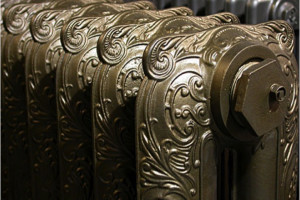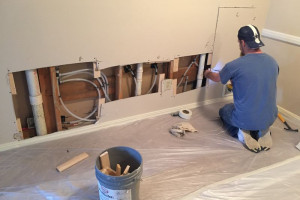No. Hot water radiators operate within a “closed” system where there’s little or no corrosion taking place. Flushing these radiators will only cause you to add more water...
Hot-Water Heating Help Topics
This section is your guide to hot-water heating systems with information about system design and piping, air elimination, pumping away, primary-secondary pumping, valves, radiators, troubleshooting tips, and more.
Hot-Water Heating Categories
Recent Articles in Hot-Water Heating
Each hot water radiator should have an air vent at the top, on the side opposite the inlet pipe. You’ll use this vent to “bleed” air from the radiator when you’re first s...

Dan Holohan talks with Bryan Orr of HVAC School about how he got his start in the industry, pumping away, classic hydronics, and more in this entertaining podcast. Click ...
It’s the way the radiator sections go together. They may be nippled together at both the top and bottom, or just at the bottom. Older steam radiators have nipples across ...
Q: If I decide to move a cast-iron radiator, where should I reinstall it? A: Ideally, a cast-iron radiator should be under the window (that’s where the greatest heat loss...
First, take care with those old pipes. Make sure you’re using two wrenches when you’re loosening the union connections. Assume the position, and then turn one wrench whil...

Maybe. It all depends on how the long-gone manufacturer assembled the radiator. A cast-iron radiator goes together in sections, like a loaf of sliced bread.

If you were to ask someone with knowledge of the hydronics industry, “What’s the first thing that comes to mind when you hear the words ‘PEX tubing and hydronics’?” chanc...

For aging buildings — or newer structures with piping-performance issues — the decision to continue repairing the existing plumbing and heating systems versus doing a tot...
A Wallie, Bio, posted this video as a part of a great thread that Delta T, another Wallie, started. He posted: Thought I would share this trick for getting an old threade...